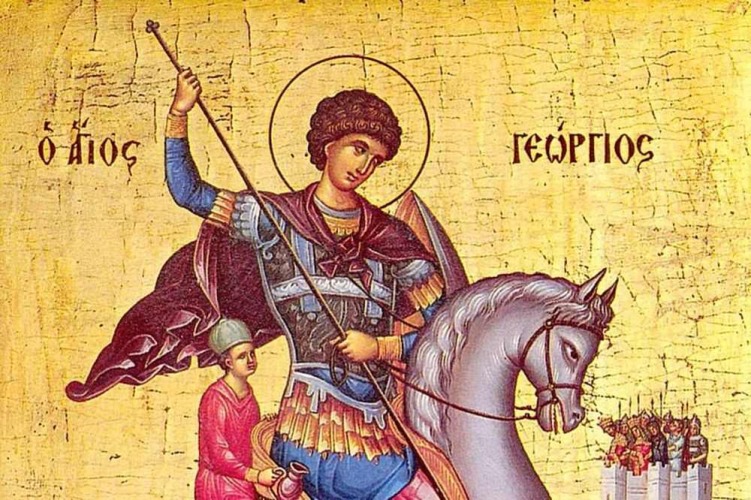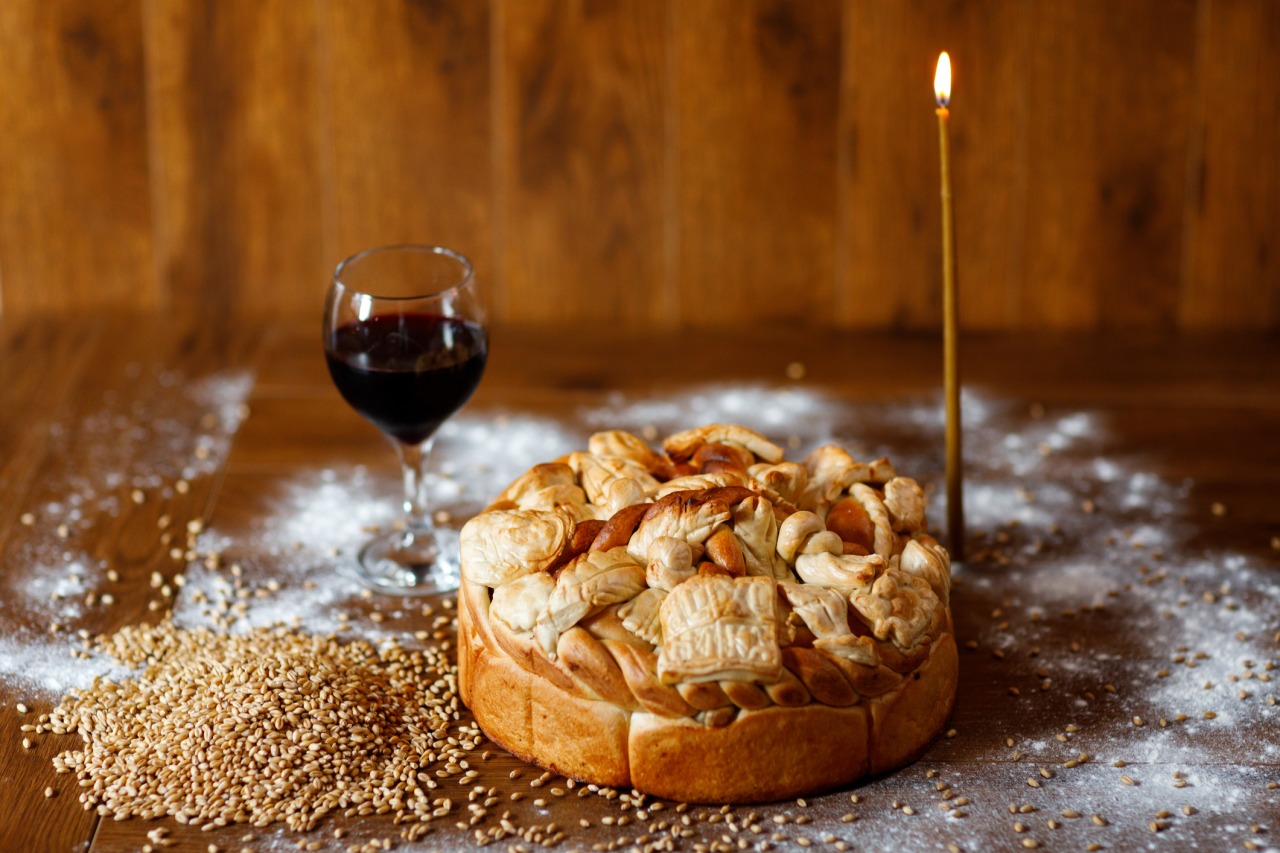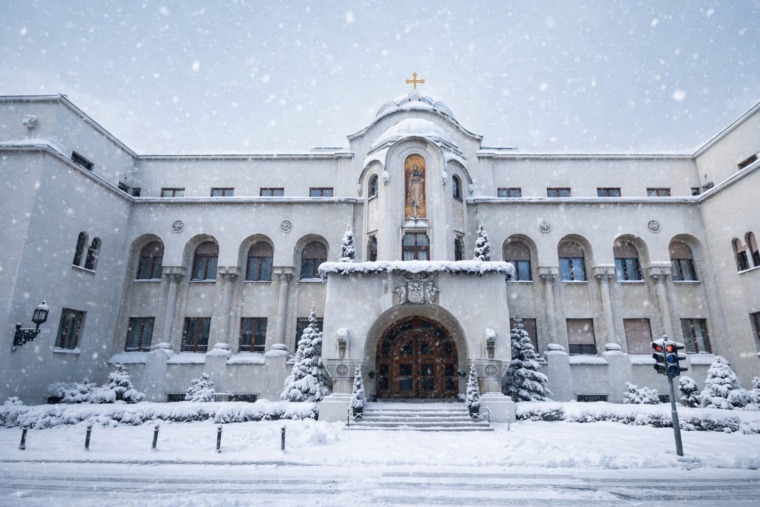

November 16 marks a significant day in the Serbian Orthodox Christian calendar – the feast of Đurđic, or the Celebration of Saint George the Martyr. This day commemorates the translation of the relics of Saint George to Lydda, where his final resting place became a site of veneration for Christians worldwide. Saint George is one of the most beloved saints in Serbia, and Đurđic is a day of prayer, family gatherings, and deeply rooted traditions.
Who Was Saint George?
Saint George is one of Christianity’s most iconic saints, often depicted as a dragon-slaying knight. Born in Cappadocia (modern-day Turkey) in the late 3rd century, George served as a Roman soldier and was martyred for refusing to renounce his Christian faith during Emperor Diocletian’s persecution of Christians. His unwavering faith and courage have made him a symbol of bravery and righteousness.
For Serbian Orthodox Christians, Saint George holds special importance as one of the most popular patron saints. His feast days are celebrated twice a year: Đurđevdan (May 6), which honors his martyrdom, and Đurđic (November 16), which commemorates the transfer of his relics.
The Significance of Đurđic in Serbian Culture
In Serbia, Đurđic is one of the most celebrated slavas, or patron saint days. A slava is a unique Serbian tradition where families honor their chosen patron saint with religious rituals and festive gatherings. Đurđic is especially significant in regions where Saint George is the family protector.
Đurđic Traditions and Customs:
- Liturgical Services: The celebration begins with a church service. Families attend a liturgy in their local Orthodox church, where special prayers and hymns dedicated to Saint George are sung.
- The Slava Ritual: At home, families prepare for the slava with a ceremonial bread called slavski kolač, a dish of boiled wheat known as žito, and red wine. These are blessed by a priest and symbolize life, death, and resurrection in Christ.
- Family Gathering: Relatives and friends are invited to a festive meal. The feast typically includes traditional Serbian dishes, with specific recipes varying by family and region.
- Acts of Charity: Sharing food and helping the less fortunate are integral parts of slava customs, reflecting Saint George’s selflessness and Christian virtues.

Symbolism of Saint George in Serbian Faith
Saint George is more than just a figure of historical and religious importance; he represents virtues that resonate deeply with the Serbian spirit. His triumph over the dragon, as depicted in Christian iconography, symbolizes the victory of good over evil, faith over doubt, and perseverance over adversity.
For many, Saint George is also a protector and intercessor. Families who celebrate Đurđic as their slava often see him as a guardian against misfortune and a guide through life’s challenges.
Đurđic in Modern Times
While deeply rooted in religious tradition, Đurđic has adapted to modern Serbian life. Urban families, who might not have access to the same resources as their rural counterparts, find creative ways to honor the saint, such as preparing simpler meals or celebrating with a smaller circle of loved ones.
In recent years, there has been a resurgence of interest in traditional Serbian customs, including slava celebrations. Younger generations are increasingly embracing these practices, recognizing them as a vital part of their cultural identity.
Conclusion
Đurđic is not just a day on the calendar; it is a time for spiritual reflection, family unity, and cultural pride. For Serbian Orthodox Christians, the celebration of Saint George is a reaffirmation of faith and a tribute to the enduring power of tradition. Whether through prayer, ritual, or communal gatherings, Đurđic continues to hold a special place in the hearts of Serbs, both in Serbia and across the diaspora.
As November 16 approaches, families will light their candles, break their ceremonial bread, and invoke the blessings of Saint George, keeping alive a centuries-old tradition that remains as meaningful today as ever.
Related Articles


From Fireworks to Family Dinners: New Year’s Eve Across Serbia
December 31, 2025
Kuršumlijska Banja: Serbia’s Quiet Winter Spa Escape
December 30, 2025
Novak Đokovic Receives Special Globe Soccer Award in Dubai
December 29, 2025
From Culture to Sport: The Moments That Shaped Serbia in 2025
December 27, 2025




